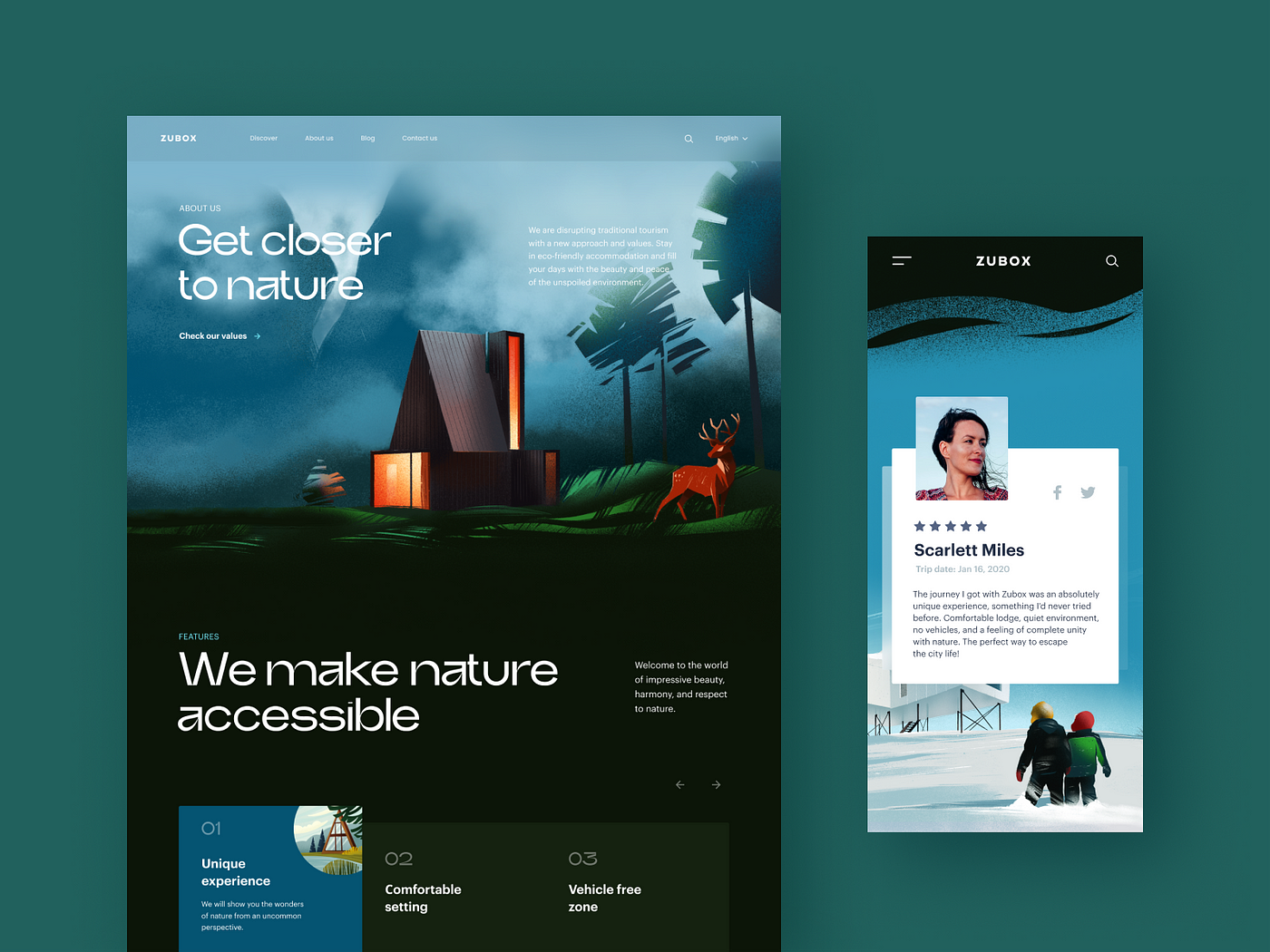Unwinding the Intricacies of Responsive Internet Style and Its Effect on Availability and Capability Across Different Devices
Receptive internet style (RWD) has actually arised as a basic technique in developing digital experiences that are both useful and accessible across diverse gadgets. By integrating strategies such as liquid grids and CSS media queries, RWD not just boosts user interaction yet likewise addresses essential accessibility concerns for individuals with handicaps.
Comprehending Receptive Website Design
Responsive website design embodies the principle of adaptability, making sure that websites offer an optimal viewing experience throughout a variety of tools and display sizes. This method uses versatile grids, layouts, and photos, enabling the content to dynamically readjust based upon the customer's gadget. The surge of mobile web usage has actually made responsive style not simply a trend, but a necessity for modern-day internet advancement.
At its core, receptive website design highlights fluidity and scalability. By making use of CSS media queries, designers can customize styles to varying display measurements, making certain that message remains understandable and pictures are displayed suitably. This technique fits the diverse array of gadgets, from smartphones to huge desktop monitors, assisting in seamless navigation and interaction.
In addition, responsive website design boosts customer engagement by decreasing the need for too much zooming or straight scrolling, which can take away from the individual experience. By prioritizing accessibility, organizations can get to a broader target market, ensuring that all individuals, despite gadget, can access material successfully. Inevitably, understanding responsive website design is critical for creating web sites that are not only aesthetically enticing but additionally useful and user-friendly throughout varied platforms.

Trick Concepts of RWD
Highlighting versatility and user-centric layout, the vital principles of receptive website design (RWD) focus on producing a seamless experience regardless of the device being used. One basic principle is fluid grids, which use loved one units like percentages rather of taken care of dimensions. This method makes sure that format aspects adapt proportionally to varying display dimensions, maintaining aesthetic comprehensibility.
One more vital concept is adaptable pictures and media, which resize within their having elements. web design Johannesburg. By utilizing CSS methods such as max-width, developers can avoid pictures from surpassing their moms and dad containers, guaranteeing that visuals remain sharp and suitably scaled across tools
Furthermore, media inquiries play an essential function in RWD, allowing developers to use specific CSS designs based on the features of the gadget, such as elevation, width, and alignment. This ability makes it possible for customized experiences that improve functionality and involvement.
Additionally, a mobile-first strategy is increasingly preferred, where styles prioritize smaller sized displays and progressively enhance for bigger tools. This principle not just optimizes efficiency but also deals with the expanding occurrence of mobile surfing. Jointly, these concepts develop the backbone of responsive internet design, fostering a user-friendly and versatile electronic atmosphere.

Effect On Availability
The integration of responsive website design plays a crucial duty in enhancing accessibility for all customers. By taking on an adaptable design that adjusts to differing screen dimensions and positionings, receptive design guarantees that web content remains quickly navigable and legible no matter the tool utilized. This adaptability is particularly considerable for people with disabilities, that might count on assistive modern technologies that function extra effectively when material is structured responsively.
Furthermore, receptive website design reduces the probability of problems such as horizontal scrolling, which can prevent individuals with motor handicaps or aesthetic disabilities. By providing a constant individual experience across devices, designers can prioritize availability attributes such as keyboard navigating and display visitor compatibility, enabling an extra comprehensive digital atmosphere.
Moreover, search engines increasingly prefer responsive visit this site designs, which can improve visibility for users looking for accessible material. As a result, companies and businesses are motivated to take on these techniques not only to follow ease of access standards however likewise to reach a more comprehensive audience. Ultimately, responsive website design contributes in promoting equitable access to info and solutions throughout diverse individual teams, therefore fostering a comprehensive electronic landscape.
Functionality Across Devices

Moreover, the efficiency of internet applications can vary significantly throughout tools. Mobile phone typically have actually restricted processing power and slower internet links, which can impact packing times and overall individual experience. It is important for developers to maximize pictures, a fantastic read scripts, and other sources to make certain that performance stays constant and reliable, no matter of the tool being utilized.
Additionally, the design and framework of material need to adjust fluidly to various screen dimensions to maintain functionality. This flexibility not just enhances customer interaction yet additionally minimizes irritation, eventually resulting in higher retention rates. In recap, prioritizing capability throughout gadgets is crucial for creating a comprehensive and effective internet visibility that deals with the diverse demands of users.
Best Practices for Implementation
Applying receptive website design effectively needs a strategic strategy that focuses on user experience and ease of access. To attain this, start by embracing a mobile-first style ideology, which highlights producing an ideal experience for smaller sized screens before scaling approximately bigger tools. This technique ensures that crucial web content is focused on which attributes are flawlessly integrated.
Following, use fluid grids and flexible layouts. Utilize family member devices, such as percents, instead than fixed units like pixels - web design Johannesburg. This adaptability allows material to resize dynamically based on the screen's measurements, enhancing use throughout numerous tools
Furthermore, integrate media inquiries to use details CSS guidelines based on the characteristics of the tool, such as height, width, and resolution. This targeted strategy permits customized experiences that provide to the one-of-a-kind abilities of each device.
In addition, focus on access by making certain that all interactive elements are easily accessible via touch or key-board. Implement semantic HTML to enhance screen viewers compatibility and preserve high contrast proportions for readability.
Verdict
Finally, responsive web layout works as a foundational aspect in developing useful and available electronic experiences throughout diverse devices. By incorporating fluid grids, adaptable pictures, and CSS media inquiries, receptive layout not only improves customer involvement however also advertises fair access to info for all people, including those with impairments. Abiding by ideal practices in implementation guarantees that web sites remain adaptable, ultimately fostering a more inclusive electronic environment click now that fulfills the varying needs of users.
Responsive internet layout (RWD) has arised as an essential strategy in producing electronic experiences that are both obtainable and useful throughout diverse gadgets.Responsive internet design embodies the principle of adaptability, making sure that sites give an optimal watching experience across a variety of tools and display dimensions.Stressing versatility and user-centric layout, the essential principles of receptive web layout (RWD) rotate around producing a smooth experience regardless of the tool being used.Functionality throughout devices is an essential factor to consider in internet design, as users engage with web content through a range of systems, consisting of smartphones, tablet computers, and desktop computers.In final thought, receptive web layout serves as a foundational element in creating available and practical digital experiences throughout diverse devices.